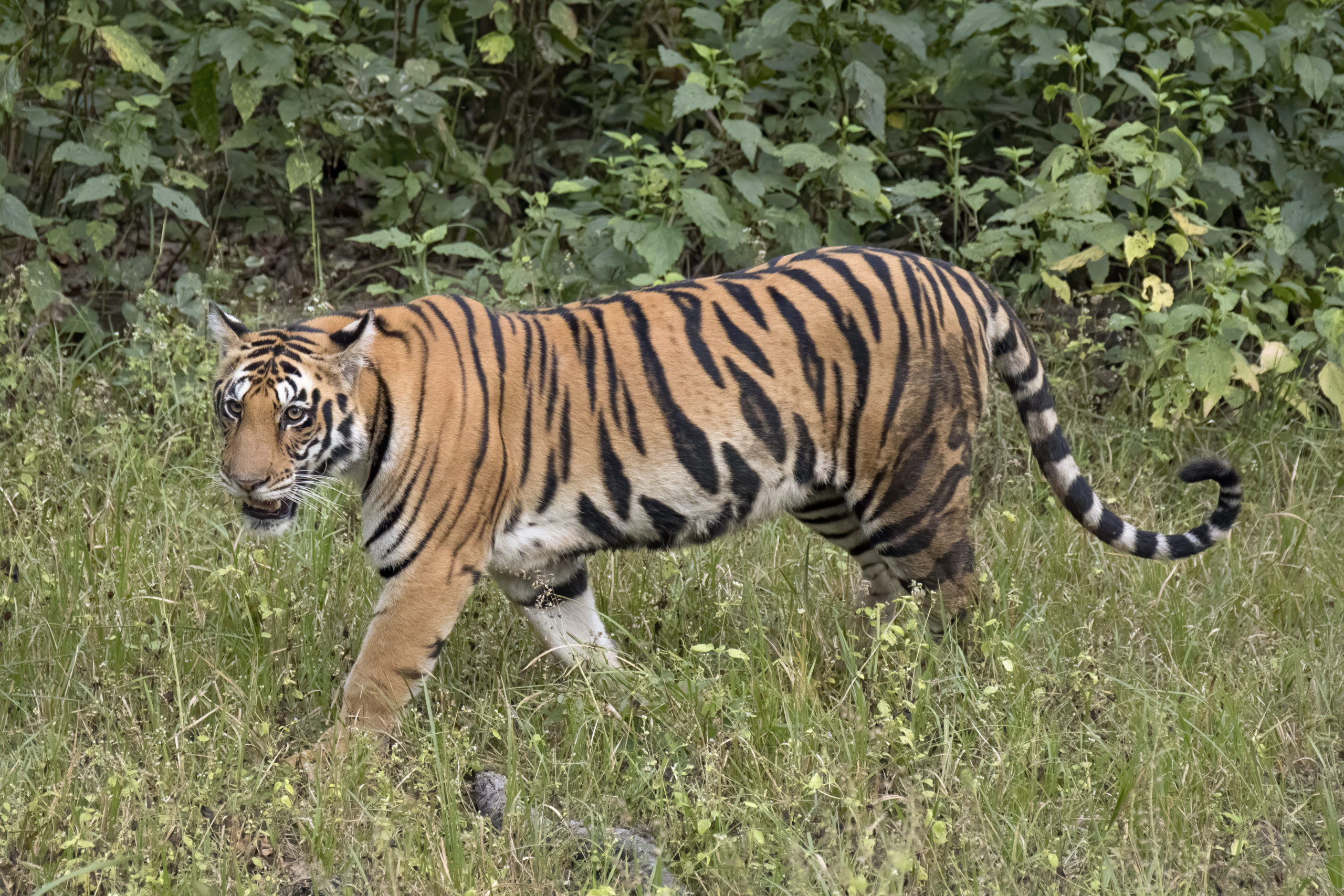CHITWAN: With the number of tigers in Nepal increasing significantly, experts point to the urgent need to expand their habitat to ensure long-term conservation.
Despite protected areas like national parks, buffer zones, and forest regions serving as tiger habitats, the growing population has intensified habitat challenges.
Speaking at an interaction program organized by Chitwan National Park, Senior Ecologist Haribhadra Acharya from the Department of National Parks and Wildlife Conservation stressed that habitat expansion is crucial.
“It is necessary to protect tigers by establishing open zoos, which could also be linked to income generation,” said Acharya.
Nepal’s tiger population has seen a remarkable surge from 121 in 2009 to 355 in 2022, with numbers recorded at 198 in 2013 and 253 in 2018.
However, this success in conservation has come at a cost: the habitat area has decreased by 93 percent, putting pressure on the existing habitats to accommodate the rising tiger numbers.
Globally, the situation remains concerning, as the number of tigers has dropped from around 100,000 a century ago to just 5,000 today.
Nepal’s conservation efforts have yielded positive results, but experts warn that habitat limitations could hinder future growth and sustainability.
According to Acharya, Nepal’s forest areas could potentially accommodate around 500 tigers, with the core park areas capable of hosting up to 404.
However, as the tiger population increases, ensuring the availability of prey, including deer, monkeys, and domestic animals, is essential for maintaining balanced ecosystems.









Comment